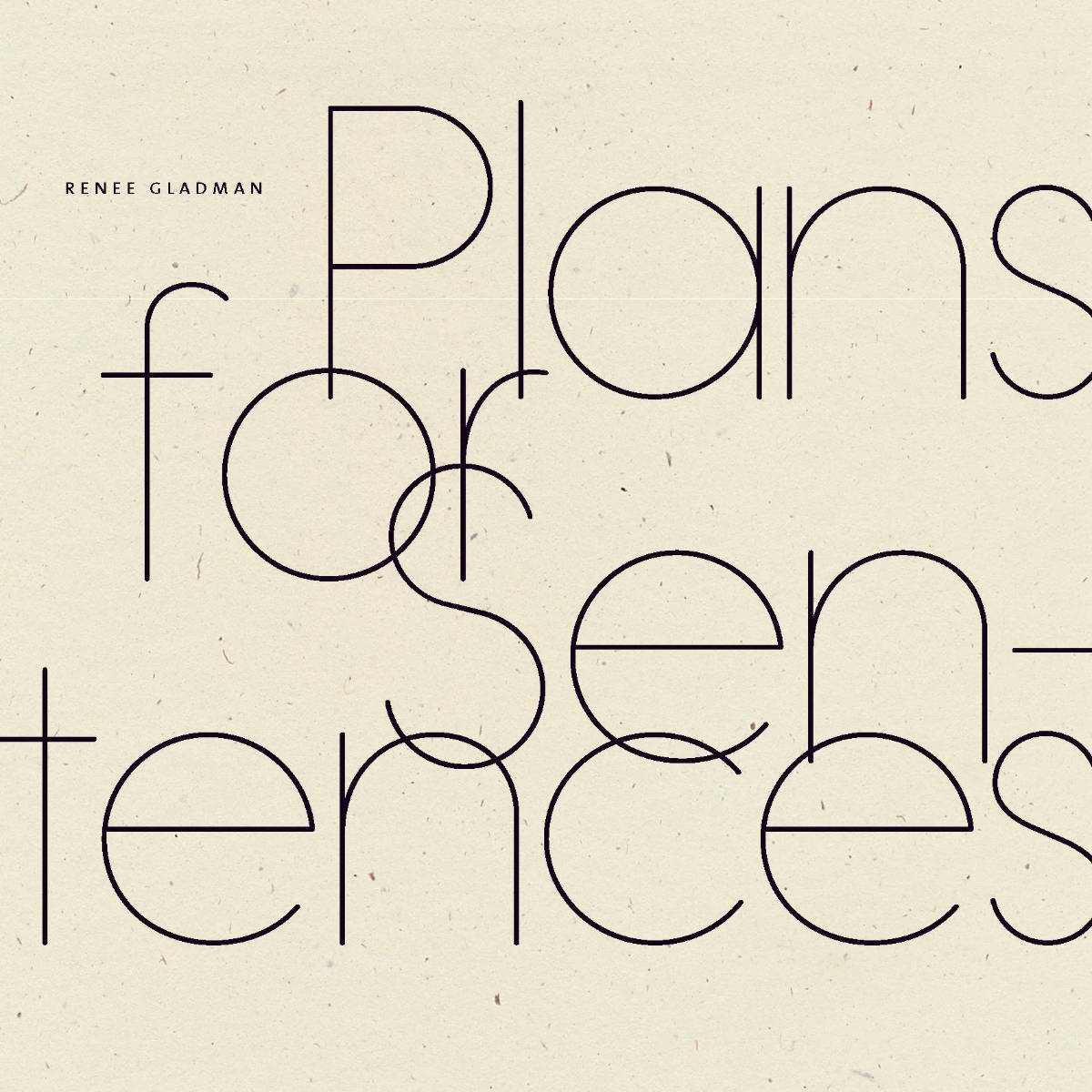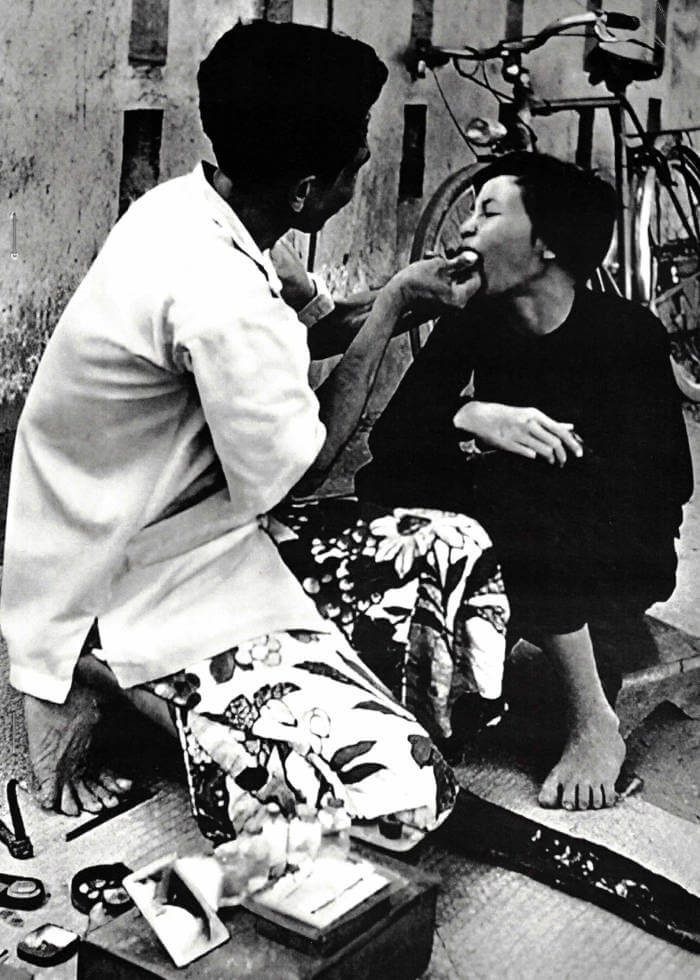
Joan Jonas
An extensive catalog dedicated to Jonas' under-explored drawing practice.
The installation, performance and video works of American artist Joan Jonas (born 1936) are emblematic of the '70s-'80s downtown New York avant-garde. Jonas privileged form over content, generating rigorous pieces with thematic concerns such as time, space and feminine subjectivity. Significant as these works are, other parts of Jonas' diverse and dynamic oeuvre deserve their due attention. This book is the first comprehensive catalog to elucidate an under-examined component of the artist's practice. Fascinated by the tension between motion and transcription, Jonas developed "endless drawings" composed of lines that weave around themselves or through a grid. She also began to draw natural things – plants, animals, minerals – both from her own environment and from fiction.
Published in conjunction with the exhibition at the Drawing Center, this volume examines several decades of Jonas' drawing practice, presented in chronological order. The drawings are accompanied by extensive images from the artist's notable performances and exhibitions.
Foreword by Annie Ratti, Fabio Cavallucci. Text by Marina Warner, Joan Jonas, Anna Daneri, Roberto Pinto, Cristina Natalicchio, Andrea Mattiello.







